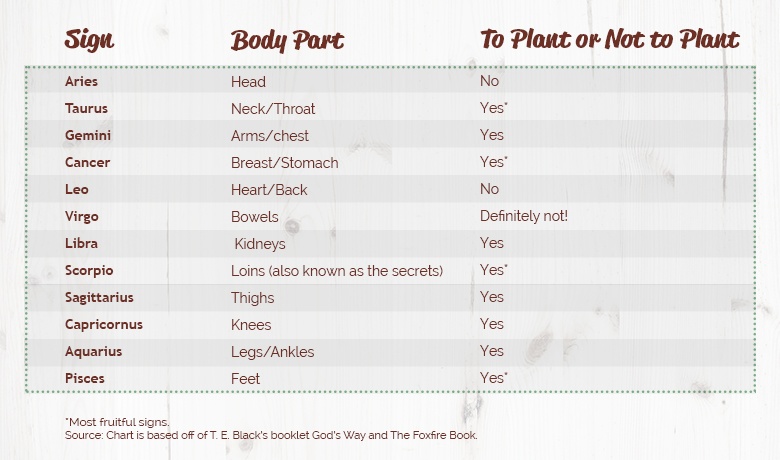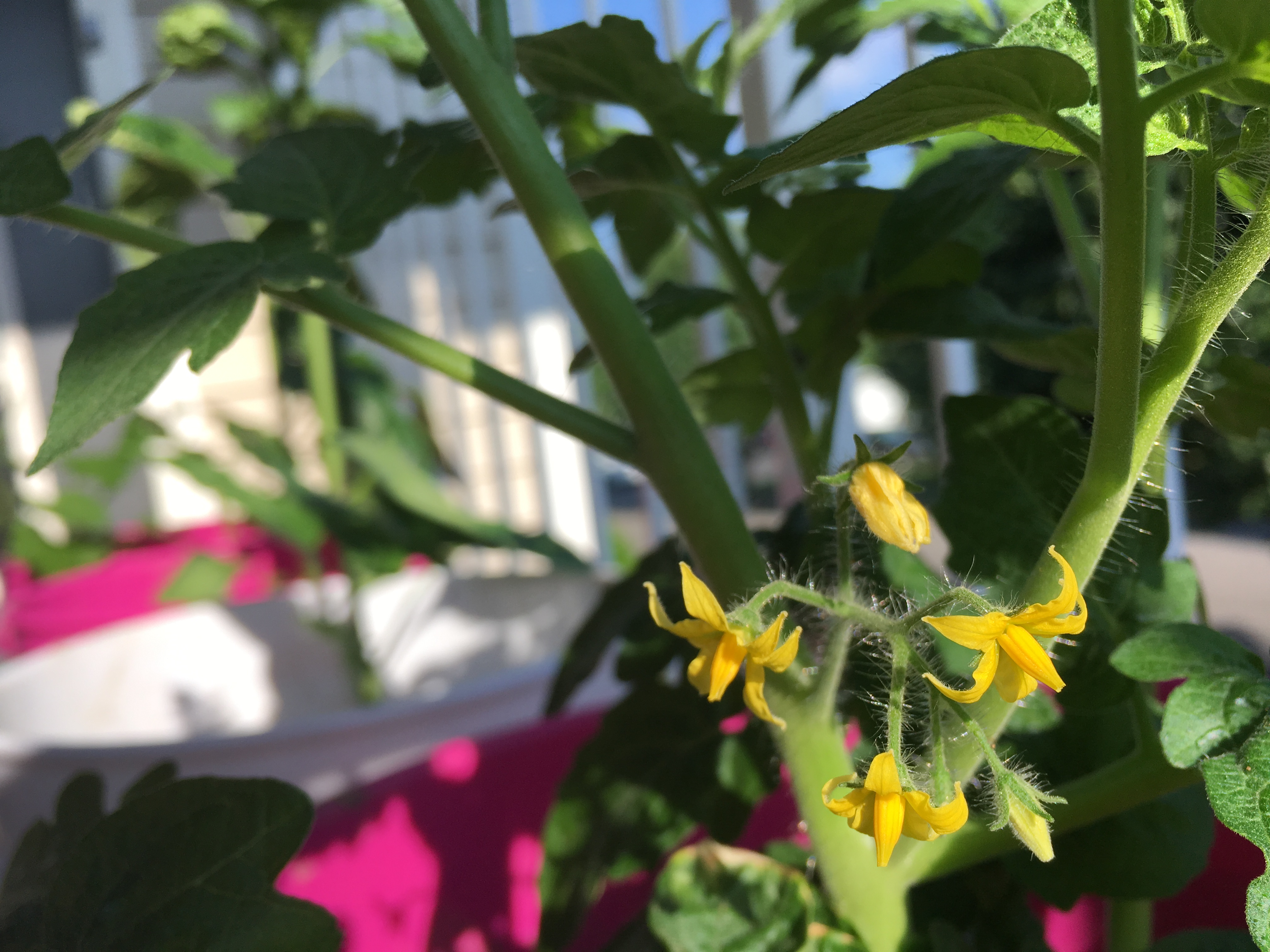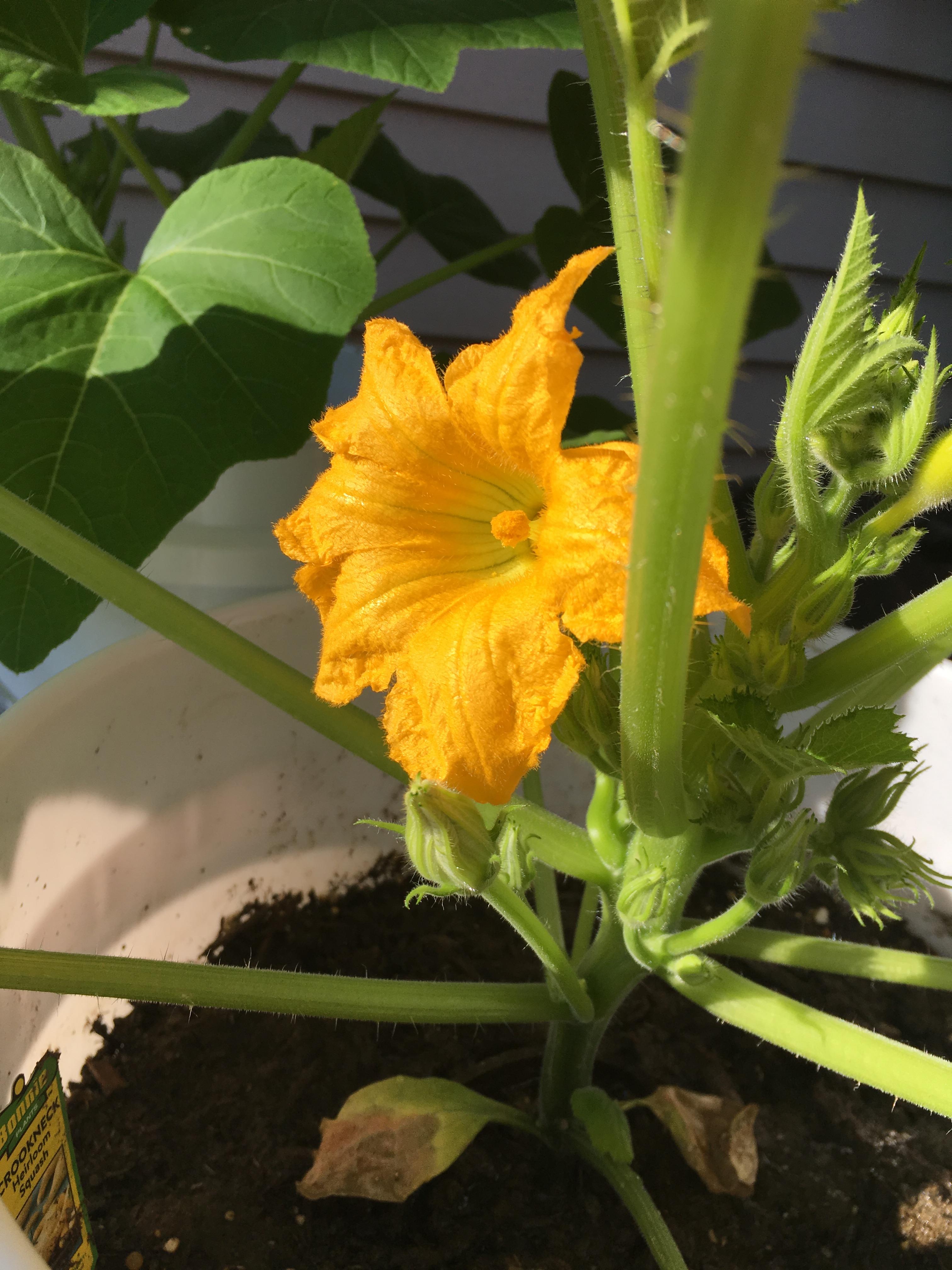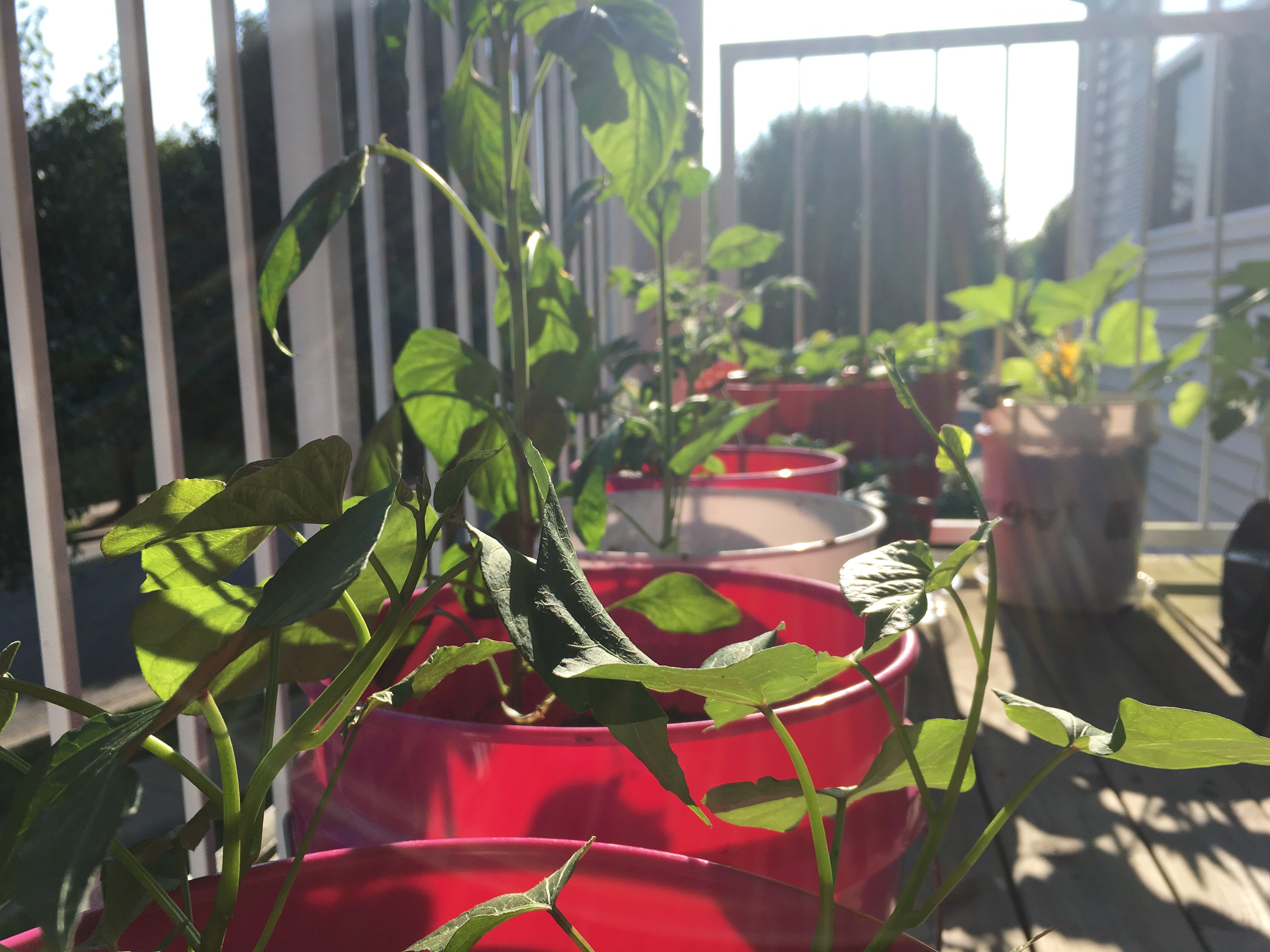Guest Post by: Catie
Catie loves to write, and try new things (and wrangling her loved ones into the process). She currently works for a marketing firm in Kentucky where she plays skee-ball, drinks hot chocolate and, oh, writes all day long.

Growing up my grandad always had a huge garden. We’d get together and help pick strawberries, blackberries, corn and more.
I, being a little grossed out by bugs and dirt, …would wear a hat, longsleeves, gloves, pants and don’t forget the boots…just to pick the corn. (yes, they all thought I was being ridiculous too)
But, then for the next year we would have the most delicious corn on the cob, blackberry jelly (which is the superior jelly by the way) and sweet potatoes. I didn’t realize how blessed I was to have all of those goodies until I started buying produce at the grocery and realized:
- How expensive it was.
- How it didn’t quite taste as good.
So, after living on my own for a few years and successfully killing ALL the flowers my mom has ever given me for my balcony, I naturally decided it was time for me to embrace the green thumb I know I have…
Somewhere…
Deep, deep inside of me…and try to plant a container vegetable garden.
If you haven’t already read about the start of this little container garden adventure…it’s quite a fun read.
Through the years, my grandparents were always insistent on getting an almanac calendar because they needed to know when to “plant in the signs.”
Every garden conversation I ever heard revolved around this mysterious phrase, that until now I didn’t really understand (ok, I still don’t really understand it, but I’ll clue you in on what I’ve learned).
When I called to tell my grandad I was starting this container garden, he got really excited I was going to give it a try. He immediately had my grandmother get the calendar so he could tell me the days I could and couldn’t plant.
What on the calendar tells him this?

It’s simply the body part listed under each date. Ever seen a calendar with “bowels” written under the date? Yeah, it’s a little odd. BUT, these words mean a lot!
The following explanation is based on the 1968 edition of The Foxfire Book. Here are the different body parts and signs associated with the Zodiac Man. So each body part is associated with a Zodiac sign which then tells you wether you should or shouldn’t plant. This really only pertains to those plants you’re starting from a seed.

Though there is no scientific evidence for planting by the signs, many farmers over the years have become true believers. The Foxfire Book tells different stories about farmers who say they have seen the difference planting in the wrong sign can make. It also tells stories of other successful farmers who have never planted by the signs.
You can actually take a look at the Farmer’s Almanac gardening calendar which will tell you the best time to plant and when you need to wait for a better day. It also tells you the type of plants that will do best on those days. (Side note: the almanac even tells you the best days to get married…so there’s that.)
Of course there are a lot of factors in gardening that can work against you (like forgetting to water them for a couple of days, but I think I found a solution for that!).
This may all sound a little far fetched if you’ve never heard it before. To be honest my grandfather started out thinking it was all ridiculous too. But, as a lifetime farmer, he’s had quite a few years of experience and early on he had a really bad crop. His garden looked beautiful, the plants were green and big…but it barely produced any fruit.
That year he didn’t think much of it, but then the same thing happened the next year. When he looked back at both almanac calendars he realized both years he had planted in the bowels (Virgo). That’s when he decided to start planting in the right sign. He always says to “plant in a sign that’s below the waist.” That way your plants grow a little shorter but bear a lot of fruit!
Here’s the starting look of my container garden! Want to learn how I got started? Then watch these videos!



If you’re searching for a place to store all of your garden supplies, check out the customizable options that Cook sheds have to offer!
{{cta(‘154ea9ca-910c-4827-8f20-44c9c1842c05′,’justifycenter’)}}
